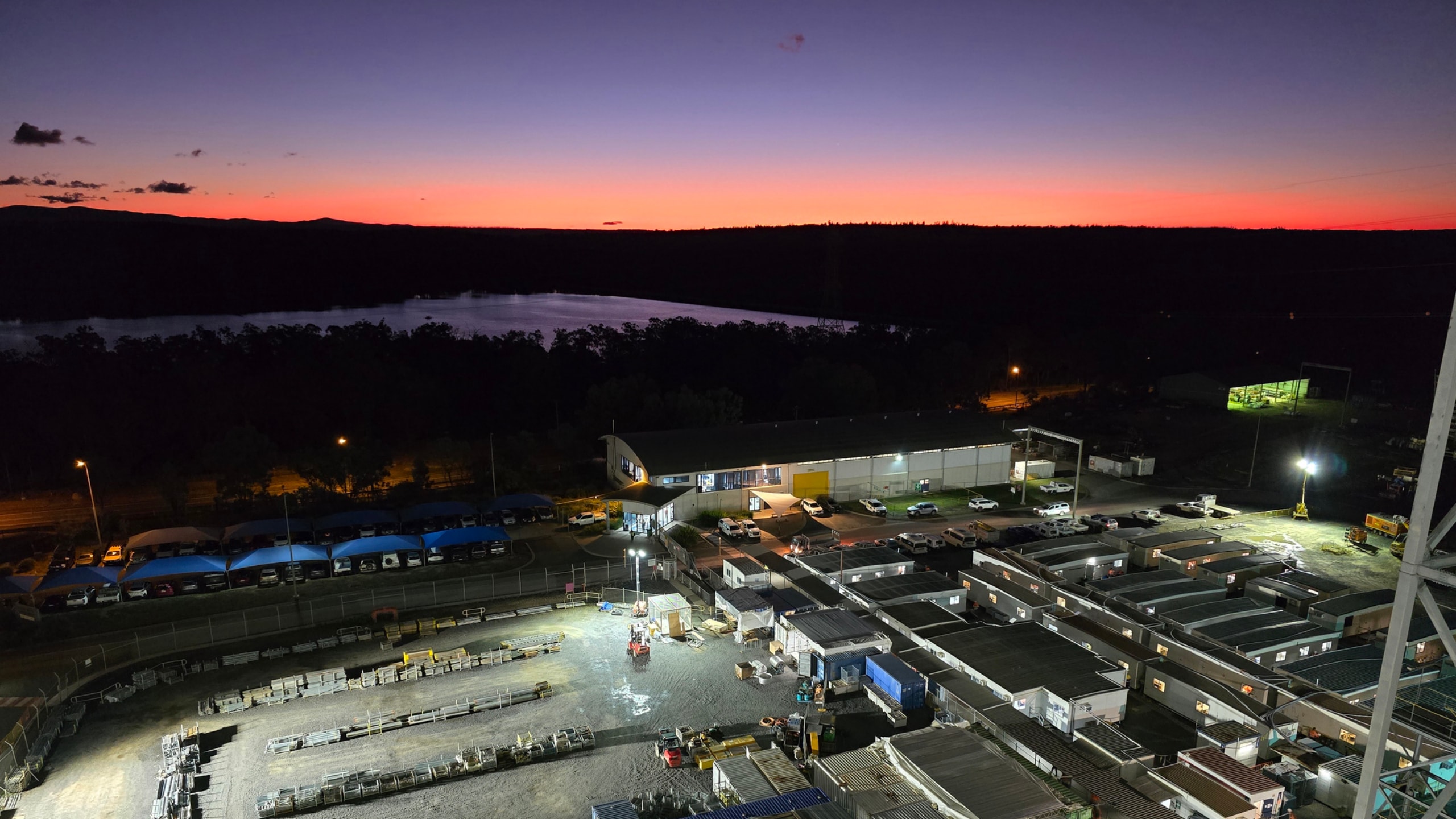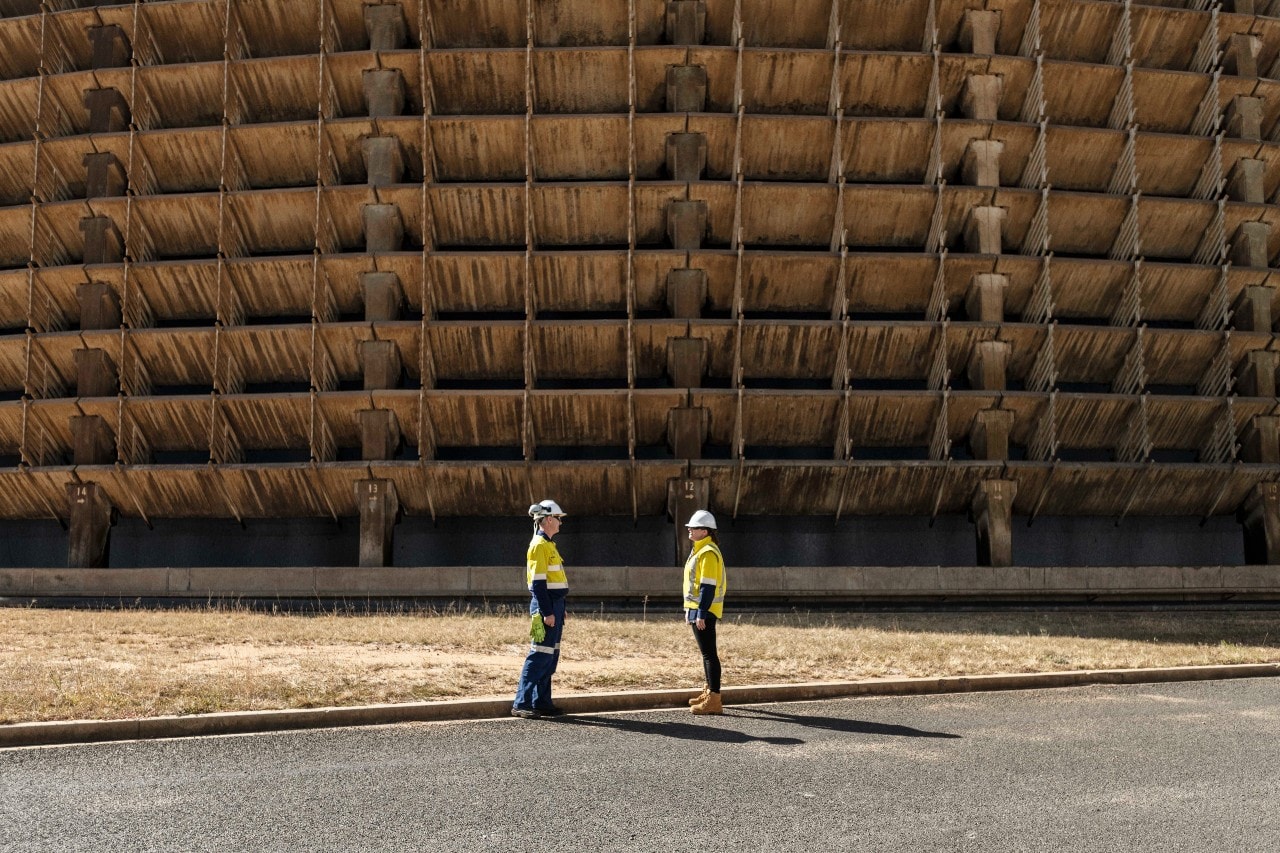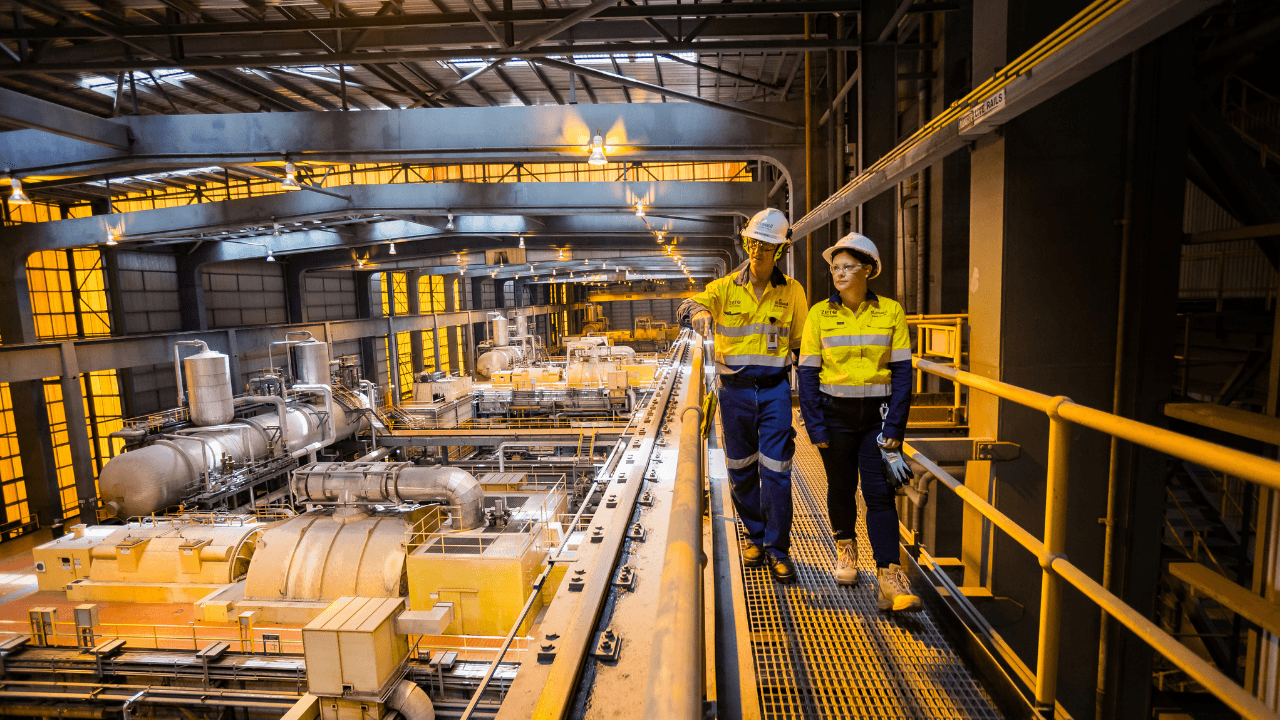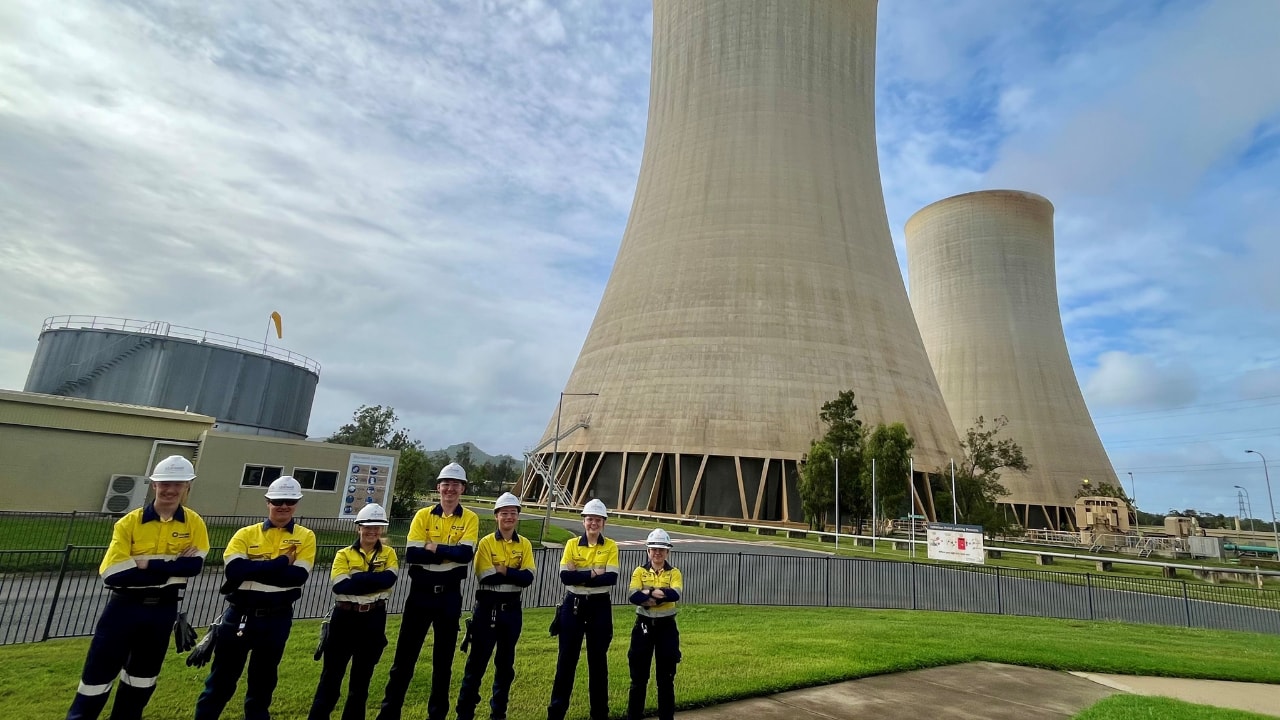
- Media releases
- Thermal power
- Asset Maintenance
Tarong overhaul kicks off to support peak summer demand
11 September 2025

Stanwell owns and operates two of Queensland’s most important coal-fired power stations; assets that have delivered affordable, reliable and secure electricity to Queenslanders for decades.
As we diversify our portfolio with firmed renewable energy and storage, we remain committed to maintaining the reliability and performance of our existing assets. The Stanwell and Tarong power stations remain among the most efficient and consistently reliable generators in the National Electricity Market, with a twelve-month moving average reliability factor exceeding 98 per cent across our thermal portfolio.
We also recover and reuse coal combustion products from our sites to support circular economy outcomes across other industries.
In 2024, coal powered energy represented 52% of Australia's energy supply - Clean Energy Council.
Coal-fired power stations generate electricity through a steam-driven process.
Coal is burned in large boilers to heat water, producing high-pressure steam. This steam flows through a turbine, causing it to spin at high speed – typically 3,000 revolutions per minute. The turbine is connected to a generator, which converts the mechanical energy into electricity.
After passing through the turbine, the steam is cooled in a condenser and converted back into water. This water is then pumped back into the boiler, and the cycle begins again.
Cooling towers, recognisable by their hyperbolic shape, use natural airflow to cool the circulating water. As hot water flows down through the tower, it releases heat into the atmosphere as visible water vapour.
Before electricity reaches homes and businesses, transformers increase the voltage so it can travel long distances across the transmission network.
The by-product of coal burning is fine ash which is captured by pollution controlling electrostatic precipitators and collected to recycle as Coal Combustion Products (CCPs). CCPs include fly ash, bottom ash and cenospheres which can be used by the construction and concrete industries as a sustainable alternative to natural quarry materials in concrete manufacture and road repair and construction.


11 September 2025

28 July 2025

14 July 2025
Stay up to date with quarterly news from Stanwell, delivered straight to your inbox. Learn more about our projects, partnerships and how we're delivering affordable, reliable and secure electricity for Queensland.